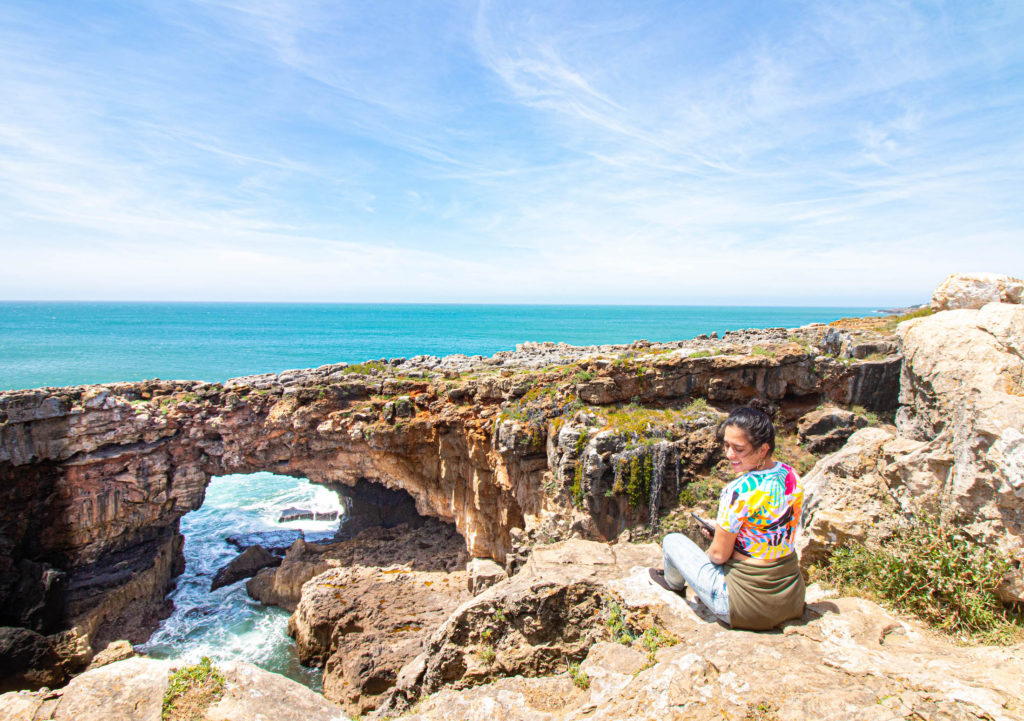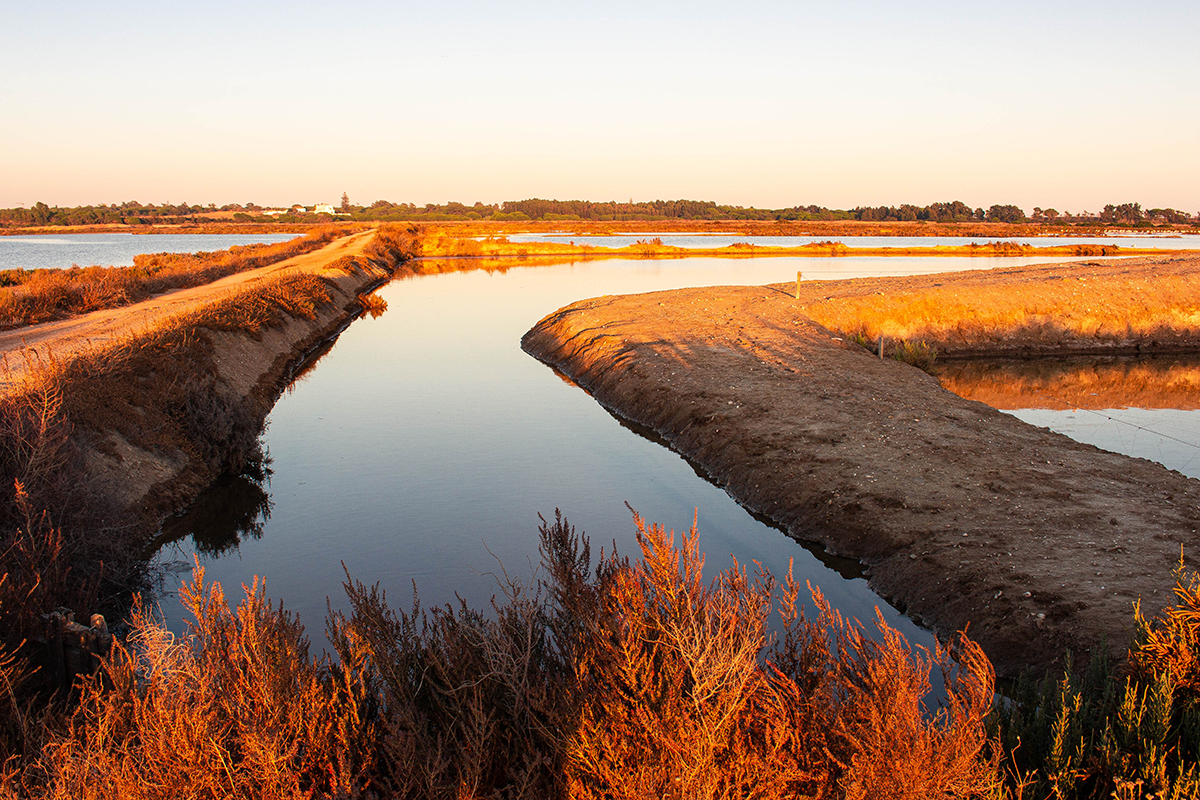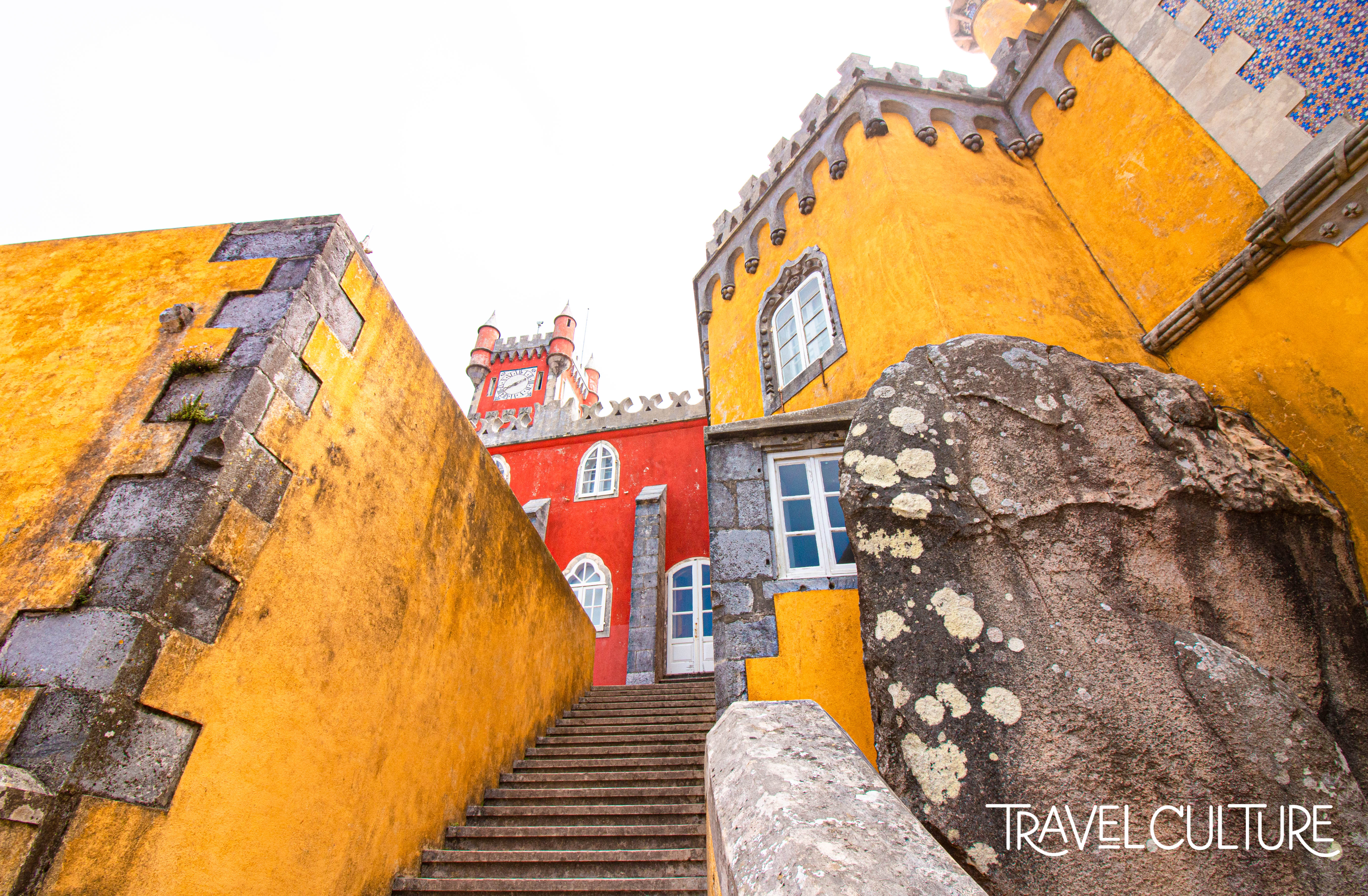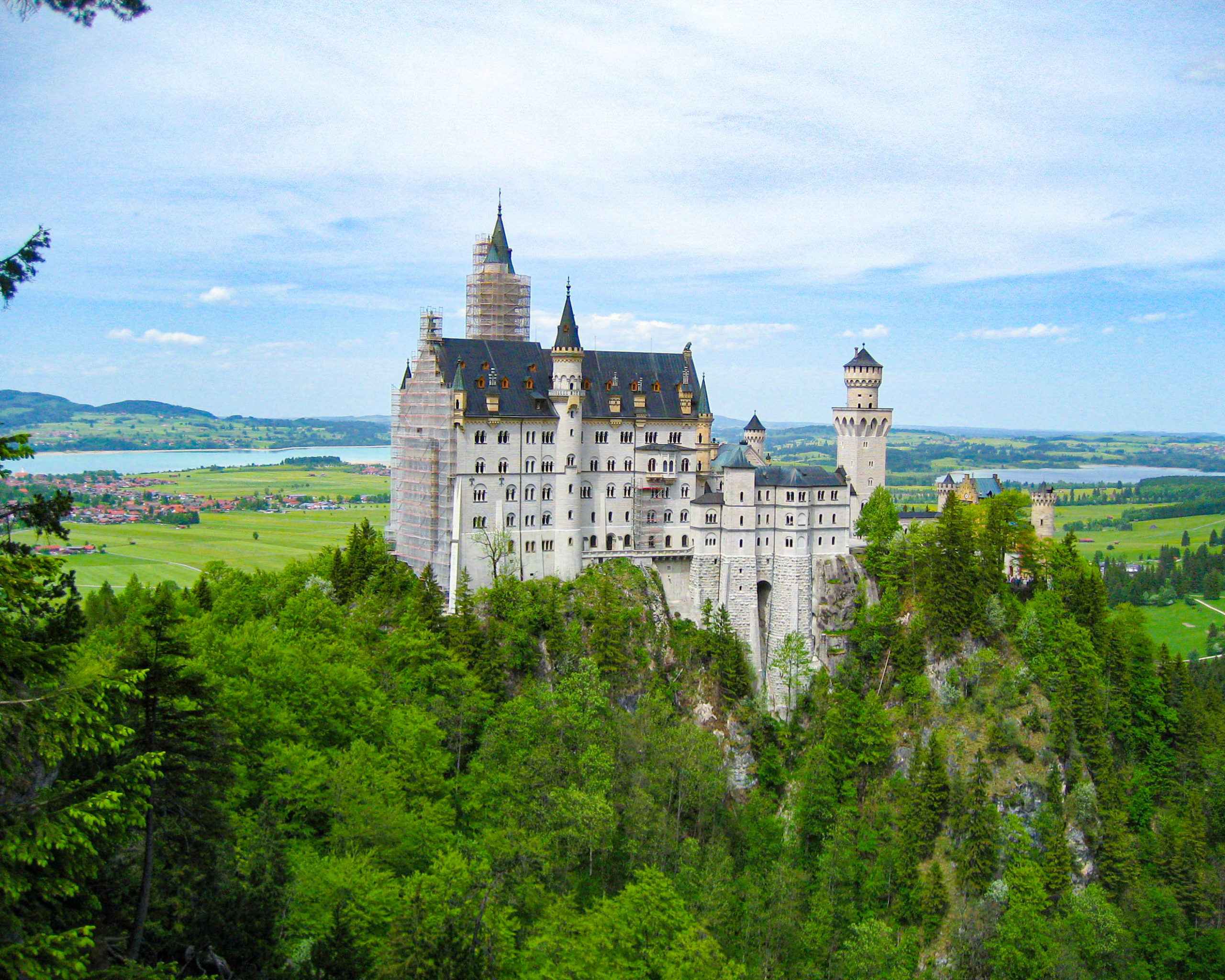Portugal
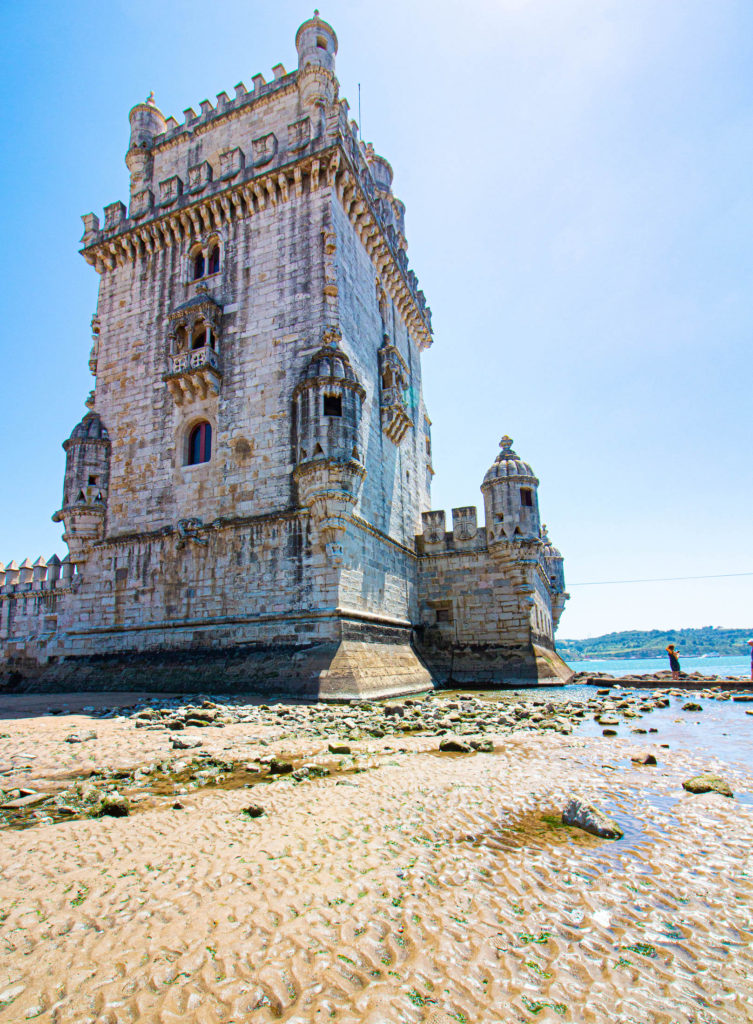
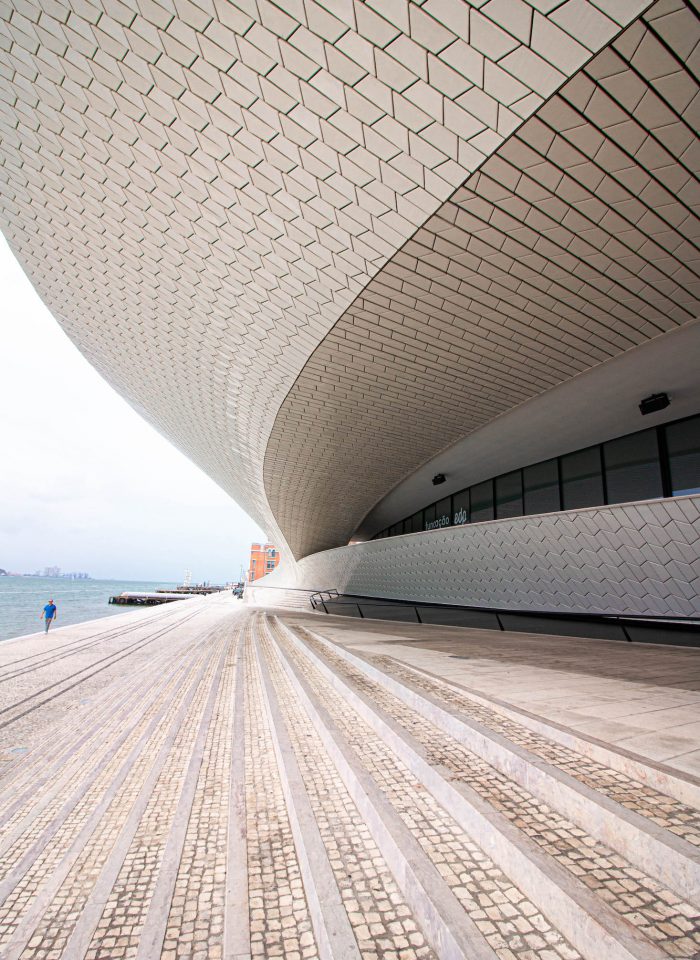
Fun Facts About Portugal
- What’s in a name?
- So fun fact, the name of the country is actually based on the Roman settlement Portus Cale, which is present day Porto. Portus Cale>Portuscale>Portugal
- Another fun fact: the word for orange in Arabic, Turkish and Greek come from this country’s name because this is where they got their oranges.
- Even though it’s quite a small country (35,603 mi²) there are 17 UNESCO sites!
- Portugal is one of the oldest countries in the world. It was founded in 1128 CE.
- Talking about age, its capital, Lisbon, is the second oldest capital city in Europe.
- It is the largest cork producer in the world.
- Another huge export? The area is the third-oldest protected wine region in the world and the only producer of Porto wine. Yumm!
- Weird fun fact: Portugal holds the record for the shortest reign of a monarch. The carriage where the king and his successor, Prince Luis Filipe of Portugal, were riding was attacked and the prince survived his father by 20 minutes. So a 20 minute king, eh?
- You can find the oldest bookstore in the world right here in Lisbon. Its called Bertrand and opened in 1732
- Portuguese is the official language in 9 nations, and is one of most spoken languages in the world.
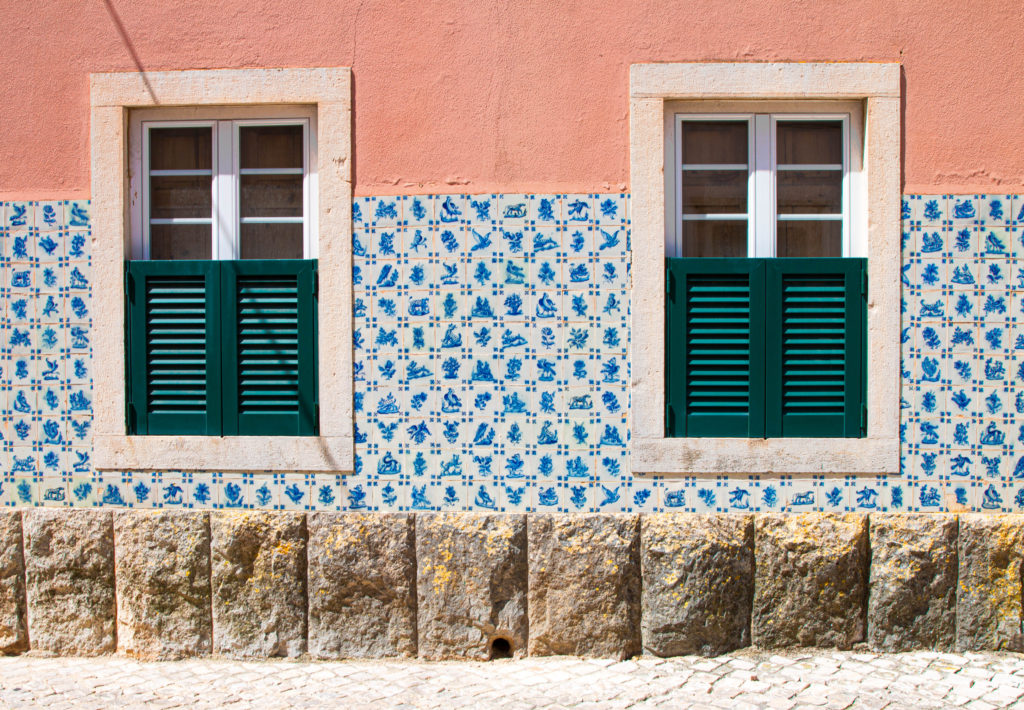
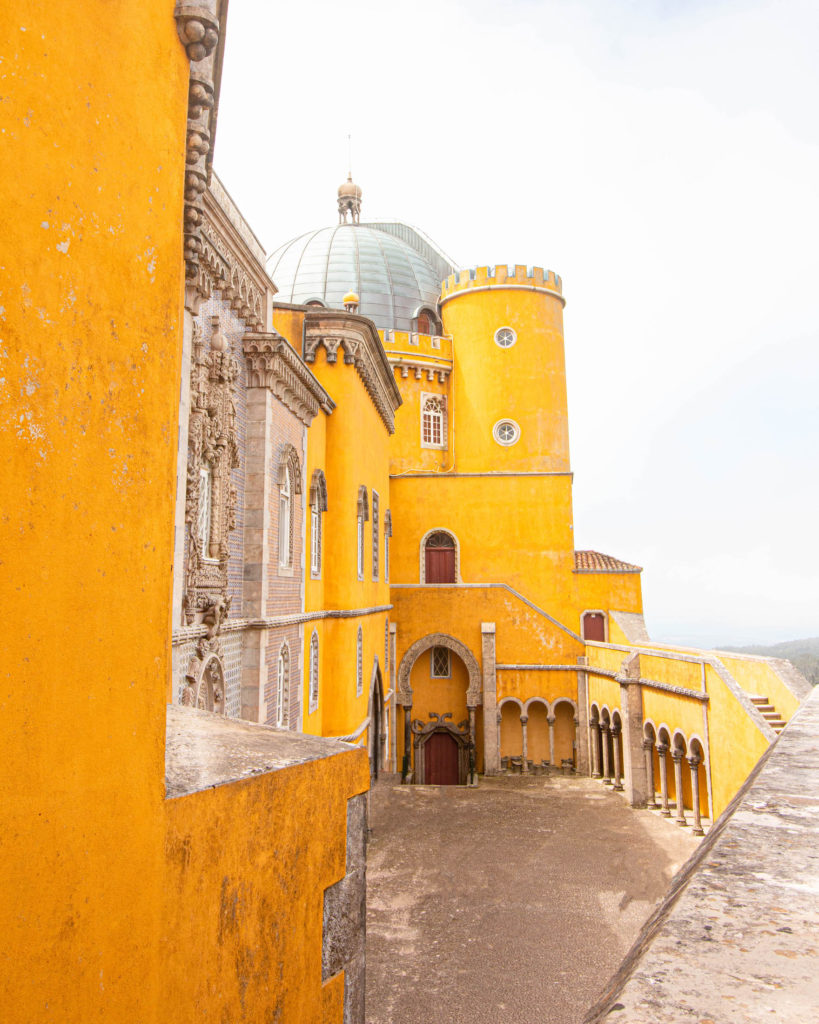
When is the best time to visit Portugal?
Ummm can I just say whenever?
Sorry I know that seems a little useless but to be honest this country is blessed with some of the most perfect weather. The temperatures are pretty mild year-round, and even in the rainier season (November thru January) you will still get a good amount of sunshine.
Now the peak season, as in most places is Europe, is during the summer months. Expect bigger crowds between June and September, but especially during July and August. These two are also the hottest months.
Did I already tell you it is one of the countries with the highest number of sunshine hours in the world?
In other words, if it’s possible avoid the big crowds and you will still be rewarded with really good weather.
Of course, you can expect variety depending on the region. So the further South, the sunnier and least rain, and the furthest north, well the opposite.
But my recommendation: visit Portugal in the springtime (March-May) or early autumn (around October).
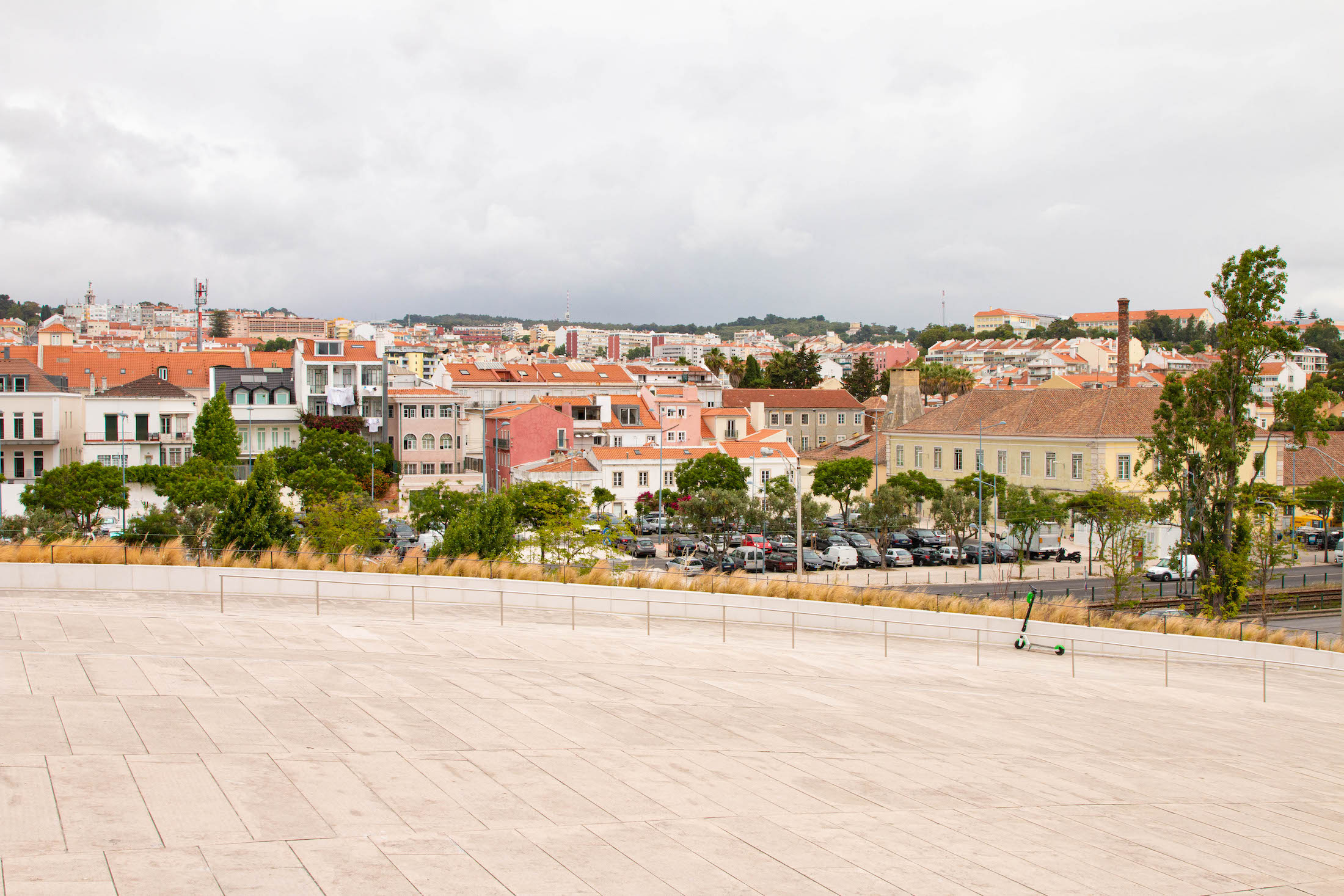
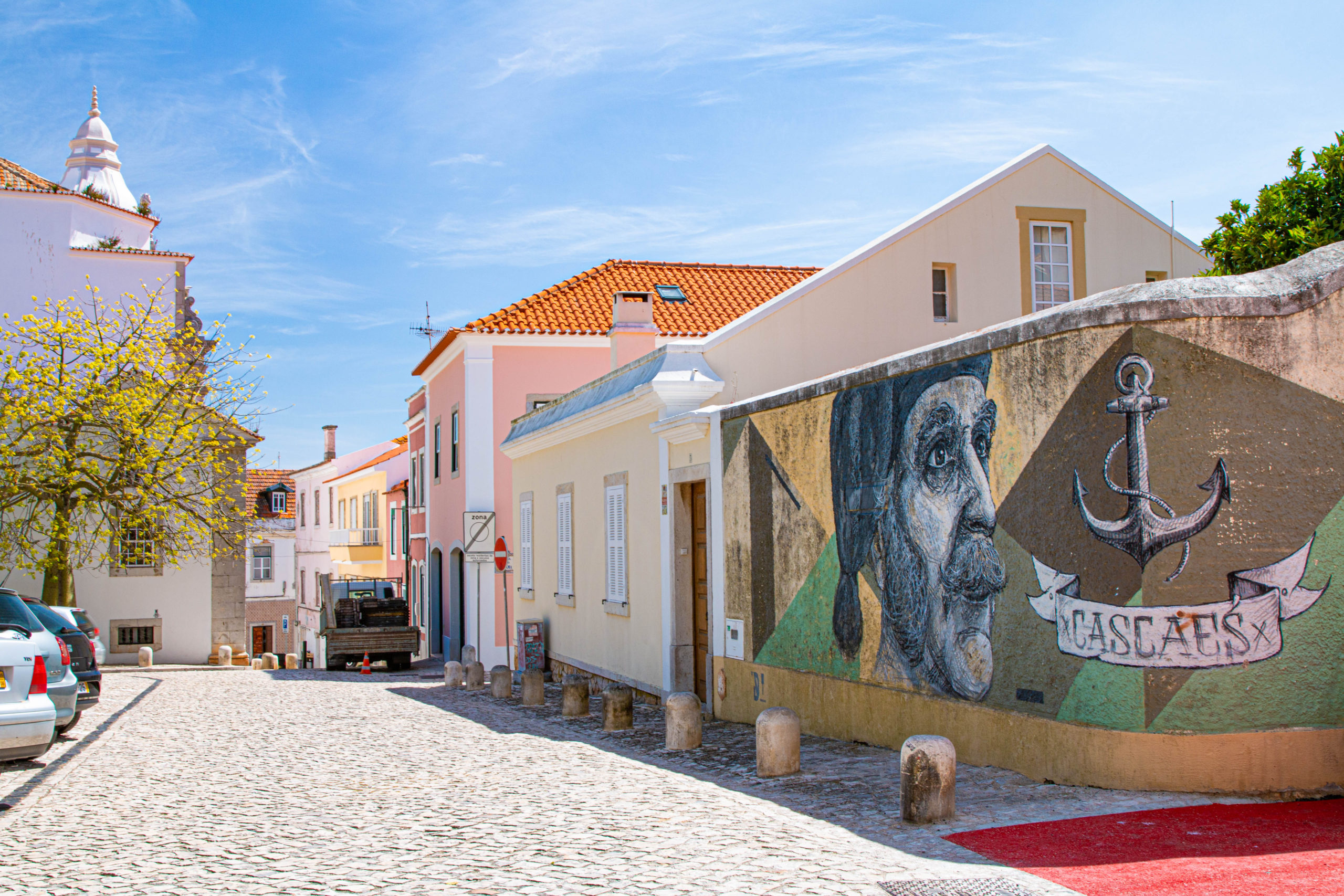
What about food?
My favorite subject!
Some common dishes in Portuguese cuisine:
Probably the most common item on the menu: Seafood
Bacalhau (cod) in various different recipes
Sardines: most commonly grilled. But a very huge product is canned sardines, perfect for travel 😉
Other seafood: again tons of different delicious different recipes like Cataplana de Mariscos or Polvo a Lagareiro (an octopus dish made with garlic, olive oil, spices and potatoes)🤤
- Caldo Verde: some potatoes, some healthy greens and delicious olive oil, umm yes!
- Petiscos – a less known version of tapas
- Francesinha sandwich (esp in Porto): it a sort of version of croque-monieur: bread, ham, sausage, steak, and an egg on top plus a special sauce! Hope you’re very hungry when you order!
- Chicken Piri Piri (spicy chili pepper- a spice mix from Mozambique, a previous Portuguese colony)
- Sausages like Alheiro
- Wine and Porto
- Olives and olive oil
- Delicious queijos (Cheese!!). Some examples:
- Azeitão
- Serra de Estrela
- Evora
- Desserts: so many delicious baked goods:
- Arroz doce
- Pasteis de Nata, originating in Belem
- Other many other pastries based on egg like :
- Queijada (Sintra)
- Pastel de Santa Clara (Coimbra)
What is Portuguese culture like?
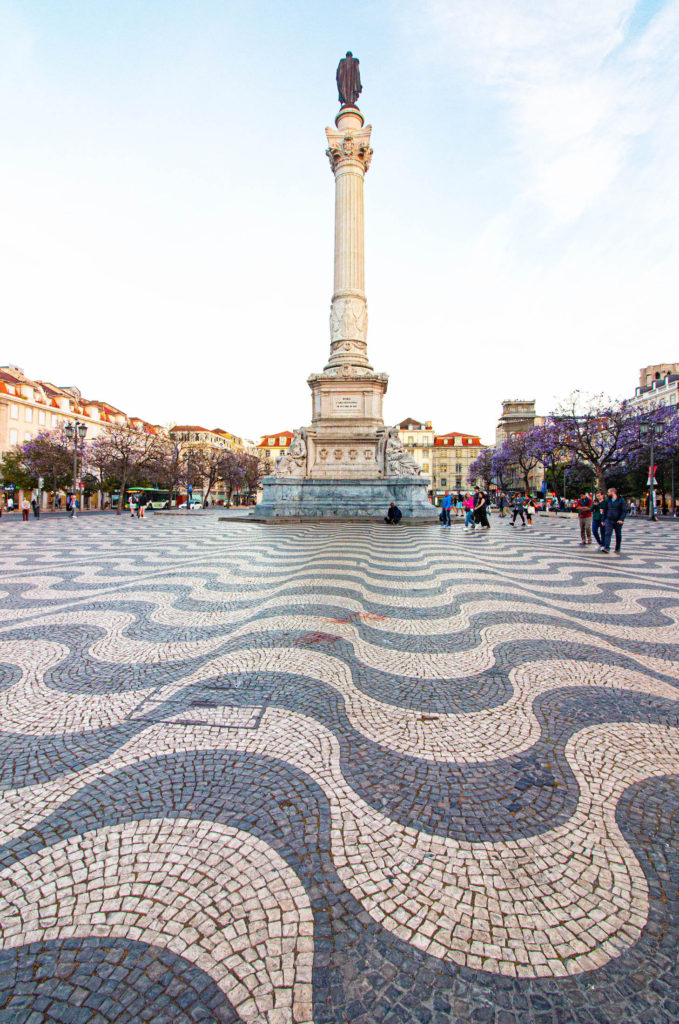
Fado:
- Expressive and melancholic, the name of this music genre means fate. It was created around the 1820s in Lisbon, in the Alfama district. While visiting this city you will be able to hear it in restaurants, pubs and cafes.
- Now there are two distinct styles: the original from Lisbon and the Coimbra fado.
- Pictured below in beautiful tilework is Amália Rodrigues, known as the Queen of Fado. She was a huge influence for modern and contemporary fado.
- One of the most recognizable things throughout all of Portugal are the gorgeous tiles decorating the walls and the intricate design of limestone on walkways and plazas.
- The Azulejos, from the Arabic for tiles, is one of the many Moorish influences in Portugal from the time of their occupation of the Iberian Peninsula.
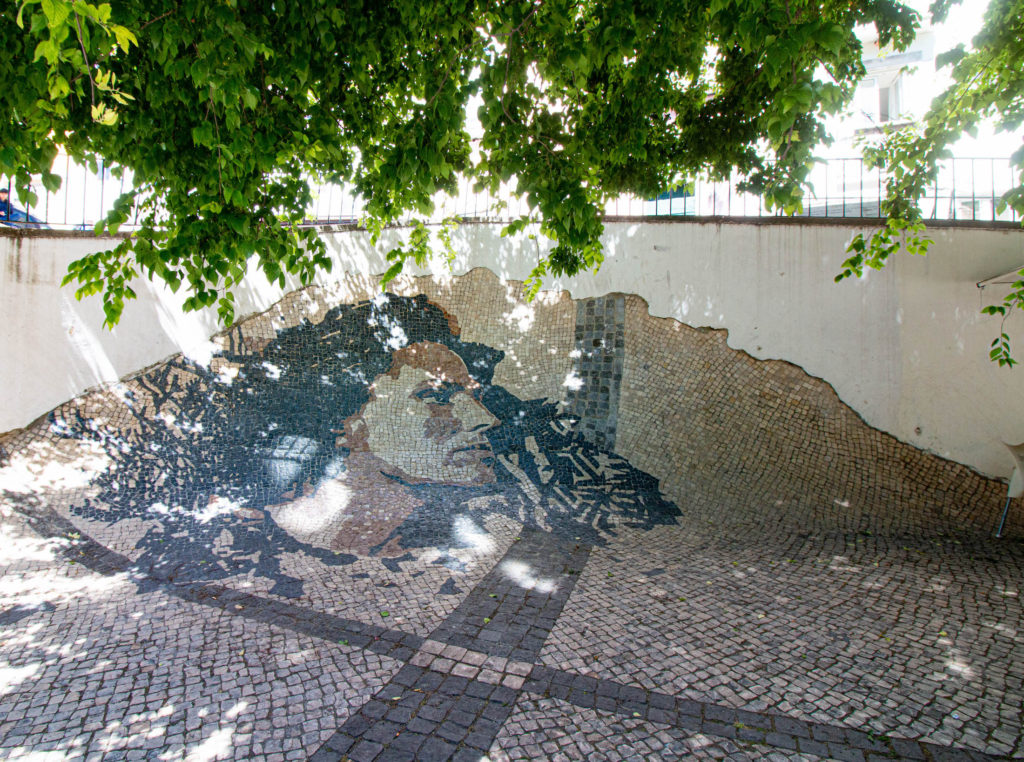
What about Portuguese Landscapes?
Portugal is situated on the western coast of the Iberian peninsula, sharing its border with only one nation, Spain. Because of its prime location, it enjoys a 1083mile long coastline.
All along this coast you will be able to find breathtaking cliffs, calm beaches with long stretches of sand, and rough seas perfect for surfing.
Actually the two largest waves ever surfed were right here, off the coast of Nazaré.
Oh and of course, the westernmost point in continental Europe in Colares.
As for the rest of the country? Well it can roughly be divided by the Tejo (Tagus) river into the Northern and Southern regions. Both the climate and geography vary quite a bit. The North, home to the famous Douro Valley, is a rainier and mountainous region whilst in the South you will find the plains, drier, and more temperate. The Southern region is called Alentejo, which means beyond the Tagus.
And to add to the mix of geo variety: outside of the mainland, Portugal also has two islands, Madeira and the Azores.
